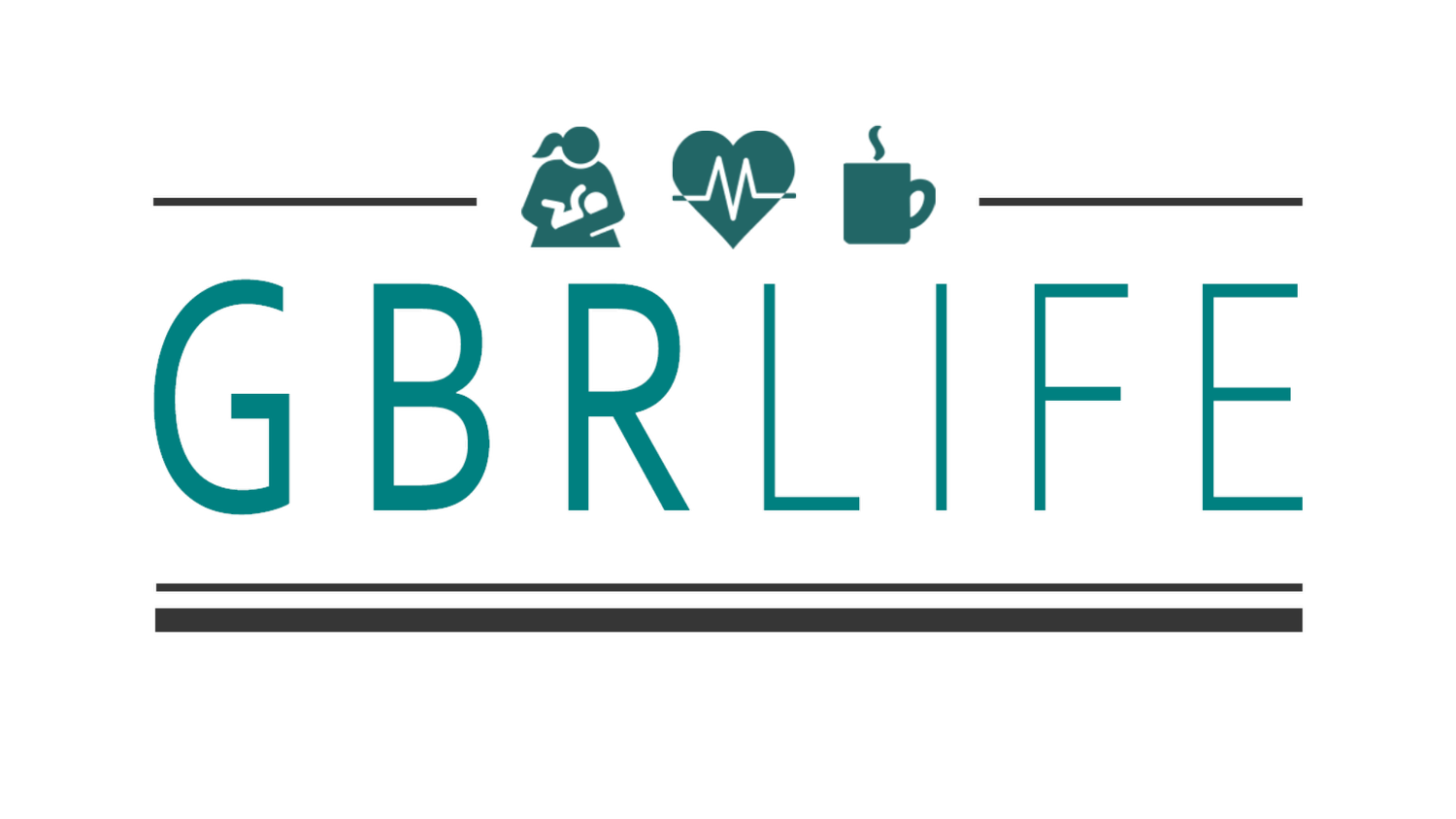The Human Cost of Corporate Madness: A Wake-Up Call for America's Workplace
In the gleaming towers of corporate America, a crisis is unfolding. It's not splashed across headlines or trending on social media, but it's eroding the very foundation of our workplaces and communities. This is the story of how soulless policies and algorithmic decision-making are destroying lives, crippling innovation, and setting companies on a path to self-destruction.
Meet Emily, a dedicated software engineer with 15 years of experience. Her story reads like a Kafka novel:
Emily was an "East region" employee for a major corporation.
The company fired her husband, forcing the family to relocate.
They moved to the corporate headquarters city - ironically in the "West."
Despite now living next to the corporate office, Emily was told she couldn't work there because she was an "East employee."
Her options? Find a new job within 90 days or somehow become a "West employee" - in the same company she already works for.
Meanwhile, the company is telling other employees to move to Emily's current location.
If this sounds absurd, that's because it is. Yet Emily's case isn't unique. A staggering 43% of employees have faced similarly illogical restrictions based on internal company designations that have no bearing on their ability to do their job.
Now meet Tom, a 30-year veteran at a tech company, shown the door in favor of cheaper, less experienced labor. His decades of knowledge? Apparently worthless in the eyes of short-sighted executives.
These aren't just anecdotes. They're symptoms of a corporate culture that's lost its humanity:
65% of employees say they would quit rather than relocate for work, yet companies continue to issue relocation ultimatums.
82% of companies admit to pushing out older workers to cut costs, hemorrhaging invaluable experience in the process.
76% of employees feel they're treated more like resources than human beings.
As companies race towards an AI-driven future, they're burning the very bridges they'll need to cross to get there:
AI spending is expected to reach $232 billion by 2025.
Yet 67% of AI projects fail due to lack of skilled personnel to implement them.
77% of executives report AI adoption is challenging due to lack of skilled employees.
Image Credit: @hookie1001
The irony is palpable. Companies are betting big on AI while discarding the very people – like Emily and Tom – who could make these initiatives successful.
The financial folly of these policies is staggering:
Average cost to replace an employee: 6 to 9 months of their salary.
One Fortune 500 company lost $1 billion in a single year due to employee turnover.
Companies with high employee turnover see a 50% decrease in innovation output.
68% of customers leave because they perceive the company doesn't care about them.
Meanwhile, the disparity between executive compensation and worker treatment continues to balloon:
CEO-to-worker pay ratio has increased 1,000% since 1950.
Companies in the top quartile for employee engagement are 21% more profitable.
Organizations with high employee satisfaction outperform low-satisfaction companies by 202%.
Behind these statistics are real lives being upended:
67% of employees who are forced to relocate report significant stress on their family relationships.
Companies lose an average of 37% productivity from employees dealing with relocation stress.
71% of employees who face situations similar to Emily's end up leaving the company within a year.
The cost in broken families, disrupted lives, and a workforce living in constant fear? Incalculable.
Some companies are waking up to the madness:
When a major tech firm introduced flexible work policies, employee satisfaction jumped by 87%, and productivity increased by 13%.
A manufacturing company bucked the trend by creating a mentorship program pairing veterans like Tom with younger employees, resulting in a 40% increase in patents filed.
Companies that invest $1,500 per employee per year on training average 24% higher profit margins.
The Wake-Up Call: It's Time for Change
Humanize Your Policies:
Flexible work arrangements could save U.S. companies $30 billion a day in lost productivity.
Simple changes, like allowing employees to work from the most logical location, can lead to significant improvements in productivity and job satisfaction.
Invest in Your People:
Companies that adopt a human-centric approach to management see a 60% reduction in employee turnover.
Forward-thinking companies retraining their experienced workforce for the AI age saw a 300% ROI within the first year.
Bridge the AI-Human Divide:
Recognize that successful AI implementation requires a stable, experienced workforce.
The solution to AI integration challenges is often right in front of you - your existing workforce.
Rethink Value Distribution:
Imagine the loyalty and productivity boost if some of the ballooning executive compensation trickled down to employees.
To Corporate Leaders: The numbers don't lie. Your most valuable assets are your people. Treat them that way, or watch your company crumble from within.
To Employees: Your value is real and quantifiable. Stand up for your worth. Share your stories. The more we bring these absurdities to light, the more pressure there will be for change.
To Everyone: Demand better. Whether you're a customer, shareholder, or community member, make it known that you support companies that treat their employees with dignity and common sense.
Remember Emily, Tom, and the millions like them. They're not numbers on a spreadsheet or cogs in a machine. They're the heart and soul of our economy, our communities, and our future. It's time we treated them that way.
The wake-up call is blaring. It's time for Corporate America to answer with empathy, flexibility, and basic human decency. The future of our workforce, our innovation, and our society depends on it.
Will your company be part of the problem, or part of the solution?
The clock is ticking. The choice is yours.


